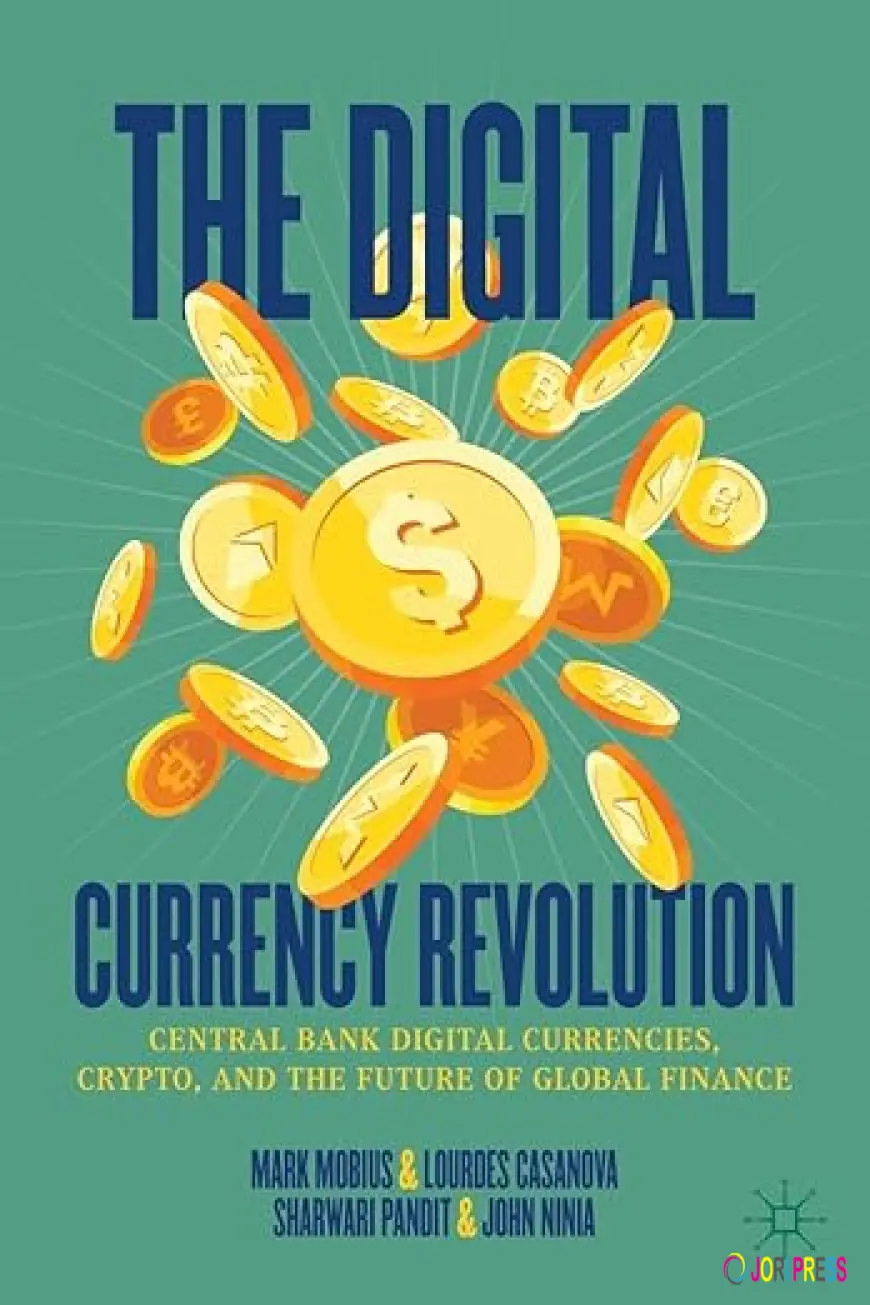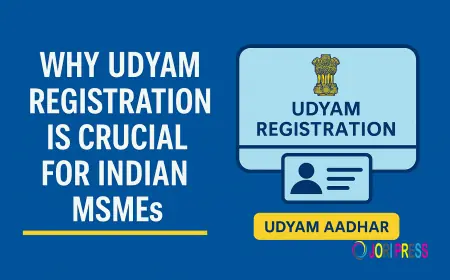The Digital Currency Revolution: Central Bank Digital Currencies, Crypto, and the Future of Global Finance
As traditional financial systems face competition from these digital alternatives, governments are racing to develop their own digital currencies, and the choices they make today will reshape the global economy for decades to come.

The world of money is changing at an unprecedented pace. Over the past ten years, digital payments have transformed from futuristic concepts to everyday tools used by billions of people worldwide. Mobile wallets, cryptocurrency platforms, and instant transfer apps have revolutionized how we pay for everything from groceries to international transactions. As traditional financial systems face competition from these digital alternatives, governments are racing to develop their own digital currencies, and the choices they make today will reshape the global economy for decades to come. Explore more about The Digital Currency Revolution book on the website.
The Digital Finance Boom in Emerging Markets
This book covers the explosive growth of digitalization, financial technology, and mobile payments that has swept through emerging markets over the past decade. Developing nations have experienced a financial revolution that has completely bypassed traditional banking infrastructure. Mobile payment platforms have delivered banking services to hundreds of millions of people who previously had no access to formal financial institutions. People can now send money across borders, pay bills, and save digitally using only their smartphones. These alternative financial systems have grown so rapidly and become so widespread that central banks worldwide had no choice but to respond. Their answer has been swift and decisive—fast-tracking Central Bank Digital Currencies from abstract concepts to concrete pilot programs in countries around the globe.
The Worldwide Movement Toward CBDCs
This book covers the remarkably rapid and widespread rise in global interest surrounding Central Bank Digital Currencies. According to the Atlantic Council's CBDC tracker, more than 95% of the world's economy is now actively considering introducing some form of CBDC. This isn't just academic curiosity—it represents a fundamental transformation in how governments think about money and monetary policy. Central banks have recognized that digital innovation is inevitable, and they must develop their own solutions or risk losing control over their national currencies. The speed at which countries have moved from early discussions to actual testing demonstrates how seriously they view this digital revolution.
Developing Nations at the Forefront
This book covers how emerging markets have raced far ahead of wealthier countries in implementing, piloting, and launching various CBDC models. While interest in digital currencies spans the entire world, developing nations have proven most willing to move from planning to action. These countries face unique challenges that make digital solutions particularly attractive: massive populations without access to traditional banks, slow and expensive payment systems that hinder economic growth, and outdated financial infrastructure desperately needing modernization. By boldly experimenting with different digital currency approaches, these nations have become laboratories for testing the future of global finance.
Real-World Lessons from Across the Globe
This book covers the emergence of digital payments, cryptocurrencies, and CBDCs through detailed case studies spanning multiple countries worldwide. As emerging markets continue experimenting with these futuristic digital financial systems, the book examines each nation's unique economic and social context. Different countries bring different resources, priorities, and constraints to their digital currency projects—different technological capabilities, different cultural attitudes toward government and money, different regulatory environments. These real-world examples provide invaluable insights into what actually works in practice versus what sounds good in theory, offering lessons that other nations can apply to their own initiatives.
Weighing the Global Benefits and Drawbacks
This book covers a comprehensive and updated overview of CBDC initiatives along with their positive and negative consequences on a global scale. The potential advantages are substantial: extending financial services to the unbanked, reducing transaction costs, speeding up payments, and modernizing aging infrastructure. However, serious concerns have emerged alongside these promises. Common arguments against CBDCs center on privacy worries and fears about concentrating too much autonomy in central banks. Critics point out that digital currencies could enable unprecedented government surveillance of personal spending and financial behavior, allowing authorities to monitor and potentially control citizens' financial lives in ways that physical cash never permitted.
The Privacy Debate in America
This book covers specific concerns raised in the United States regarding CBDC adoption and implementation. American critics make a powerful argument: if cash becomes obsolete and all transactions go digital, government control over personal finances would increase dramatically while individual privacy would decline sharply. In an all-digital currency system, there would be far more government oversight and far less privacy regarding our spending and financial transactions. Every purchase, every payment, every financial decision could potentially be tracked and recorded. For many Americans who value personal freedom and limited government power, this represents an unacceptable trade-off, even if digital currencies promise greater convenience and efficiency.
Disrupting the Global Financial Order
This book covers the potential disruption to the entire worldwide financial system that could be unleashed by wholesale and retail CBDCs, cryptocurrencies, stablecoins, cross-border payment instruments, and digital payment systems. These technologies aren't simply new payment methods—they could fundamentally restructure how international finance operates, how economic power flows between nations, and how money itself functions. The book engages deeply with the ongoing policy debates and battles over financial payments and digital currencies, including critical discussions about the possible dilution of physical currency's strength and relevance as digital alternatives continue to multiply and gain widespread acceptance.
Ready to understand where money is headed? The Digital Currency Revolution delivers accessible, comprehensive insights into the technologies and policies transforming global finance. Whether you're curious about innovation, concerned about privacy, or simply want to grasp the future of money, this book provides the clarity you need. Order your copy today on the website, Amazon, or Barnes & Noble to explore these essential themes further.
What's Your Reaction?
 Like
0
Like
0
 Dislike
0
Dislike
0
 Love
0
Love
0
 Funny
0
Funny
0
 Angry
0
Angry
0
 Sad
0
Sad
0
 Wow
0
Wow
0















































